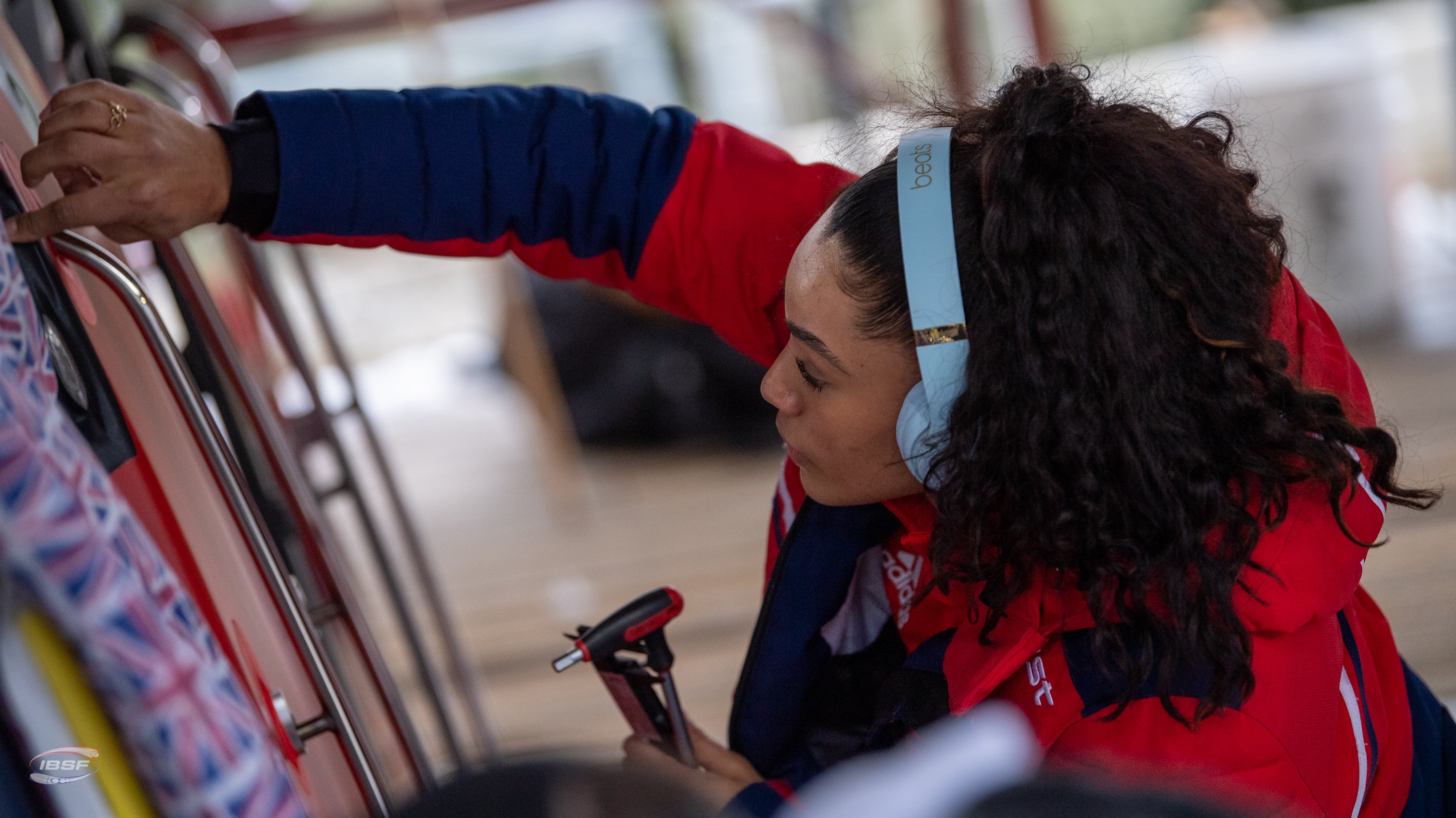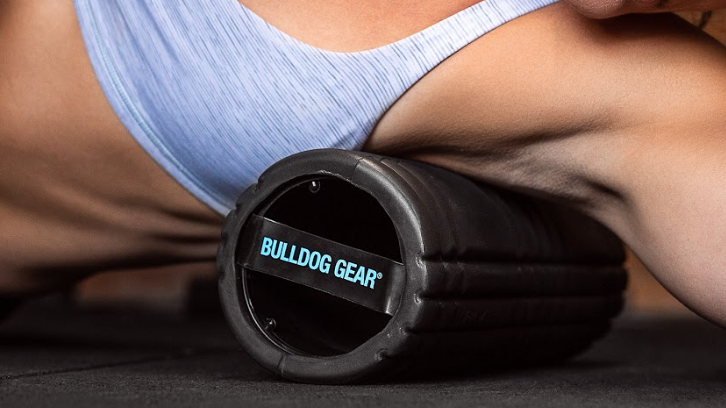|
29/09/2022 | Andrew Tracey Andrew Tracey is a long time collaborator with Bulldog Gear. A coach, writer and current fitness editor of Men’s Health Magazine, he has been in and around the fitness industry for the past 17 years. Having enjoyed and endured a number of disciplines from endurance racing, to strongman, to Crossfit AT enjoys getting neck deep in the practice just as much as the theory. |
One of the biggest advantages of training with free weights is that your body is more or less unsupported in space, with nothing but your feet planted on the ground, just like real life activities; arguably this ‘real life’ carryover is exactly what we’re talking about when we use the word functional.
This is great as it encourages your body to use a whole plethora of smaller supporting muscles to help you make it through your movements and sets without folding up like origami, or falling flat on your face.
Again, just like real life.
BUT…
As powerful as the affects of ‘functional’ training with free weights may be, there’s many an argument for focussing on muscles, muscle groups or movement patterns in isolation, with your upper body (particularly your trunk and spine) supported.
Exercises such as the barbell squat, which is of course an incredible compound movement in it’s own right, can sometimes leave trainees, especially beginners, feeling as though they can’t fully focus on the muscles of their lower body whilst also trying to maintain good form everywhere else— This is where fixed range machines come into their own.
With that in mind, and in lieu of the space in your home gym for a large hack squat machine, this foam roller alternative requires just a pair of dumbbells or a barbell, a foam roller and a clear, stable wall to support your back.
FORM CHECK
With a pair of dumbbells or a barbell on the ground just behind you, place a foam roller in the small of your back, between your body and a sturdy wall. Take a small step forward, leaning your bodyweight into the wall before squatting down, allowing the foam roller to roll up your back, towards your shoulders. At the bottom of the squat firmly grip your dumbbells or bar, create tension in your core and ‘press the floor away’, rising back upwards as the roller works it’s way down into the small of your back. Once your fully upright, take a deep breath and repeat.




